The Most Tragically Lonely Animals in the World
Some creatures are built for life on their own. Others find themselves isolated by bad luck or circumstance. Around the world, you’ll find a handful of animals living with no company at all—sometimes the last of their species, sometimes just out of place. Here are fifteen stories of animals who know what true solitude feels like.
Martha, the Passenger Pigeon
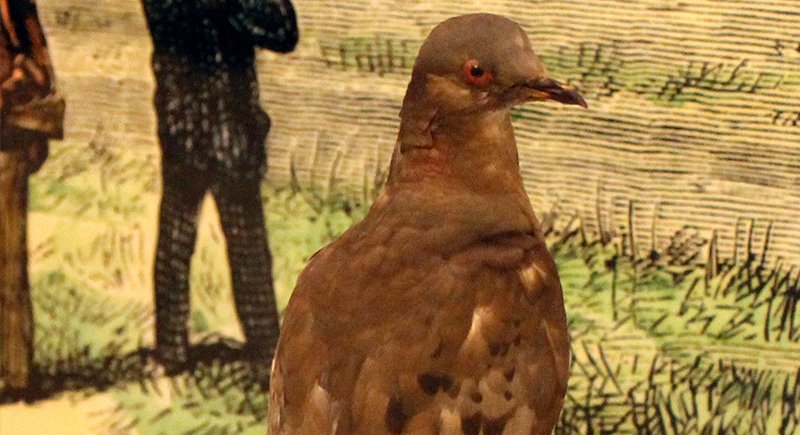
Credit: Wikimedia Commons
Passenger pigeons once filled North America’s skies by the billions—yes, billions. Then hunting and deforestation happened, and the flocks disappeared. The last one standing was Martha. She lived her entire life at the Cincinnati Zoo until her passing in 1914.
Albert the Albatross
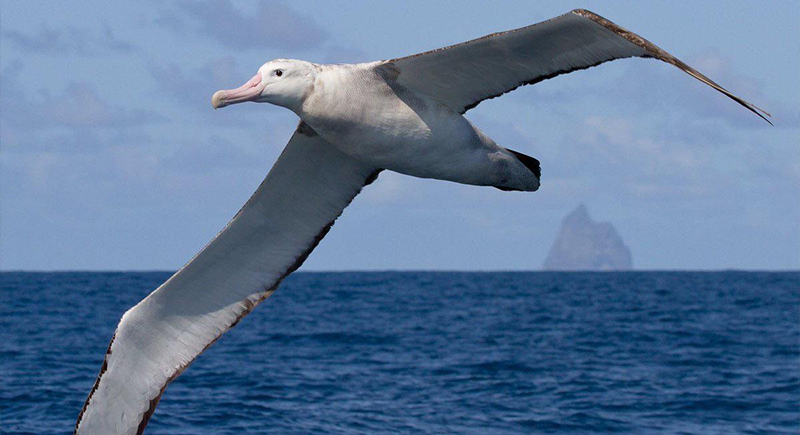
Credit: Reddit
Albatrosses usually stick to the Southern Ocean, but Albert made himself at home in Scotland in 1967. For decades, he returned to Bass Rock every year. No one knows why he stayed, but for over 50 years, he’s been the only albatross in the region.
The 52-Hertz Whale
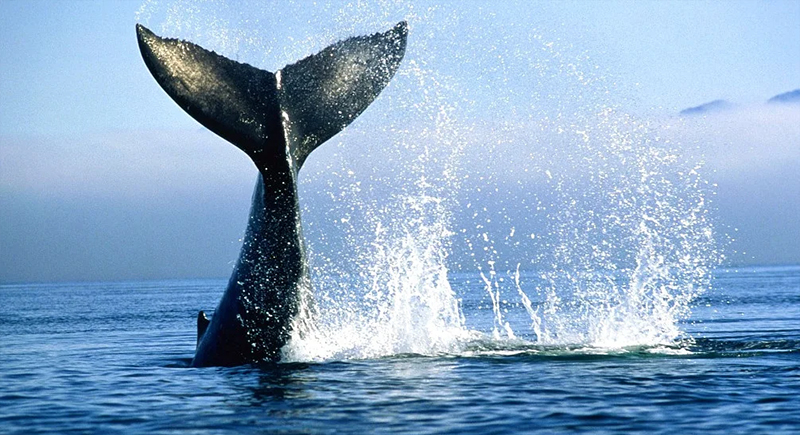
Credit: Reddit
This blue whale sings at a frequency no known one uses: 52 hertz. That’s why it’s called the “loneliest whale.” It was detected in 1989 by underwater microphones, and ever since, it’s been tracked swimming alone. Some scientists think other whales can hear it but don’t respond because the pitch is too unfamiliar.
Booming Ben the Heath Hen
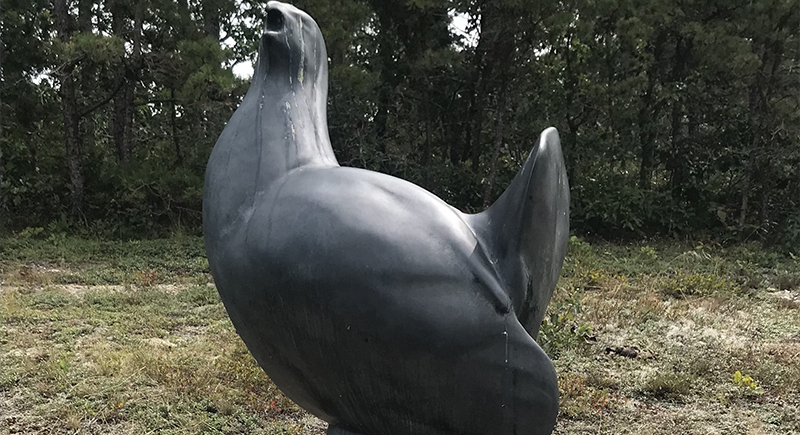
Credit: Wikimedia Commons
Heath hens once filled the skies of coastal New England. By the early 1900s, their numbers had collapsed. The last stronghold was Martha’s Vineyard, but fires, predators, and disease wiped them out—until only Booming Ben remained. He was last seen in 1932.
Lonesome George the Tortoise

Credit: Wikimedia Commons
When scientists found Lonesome George on Pinta Island in 1971, they realized he was the last of his kind. For years, researchers searched for another tortoise like him, but nothing turned up. After George died, his body was preserved in Ecuador, a quiet reminder of a species that disappeared on his watch.
Toughie the Treefrog
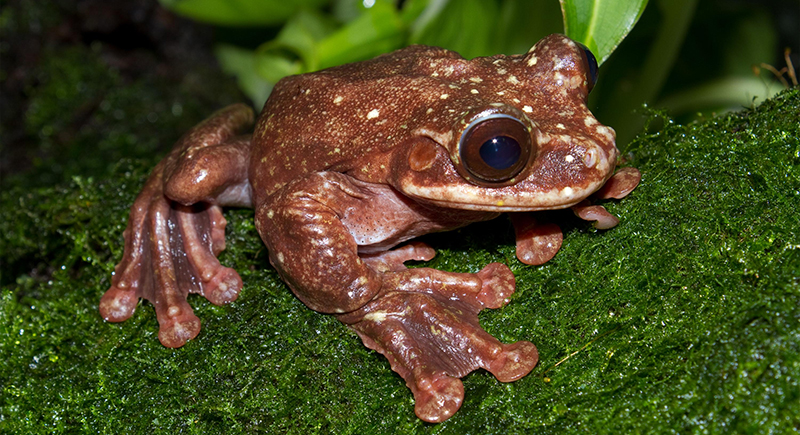
Credit: Reddit
Rabbs’ fringe-limbed treefrogs were already under threat when discovered in 2005. By 2008, they were nearly gone. Toughie, a lone male brought to Atlanta Botanical Garden, was the last known survivor. The garden broadcast his calls to raise awareness, but in the end, there were no replies.
The Quagga of Amsterdam
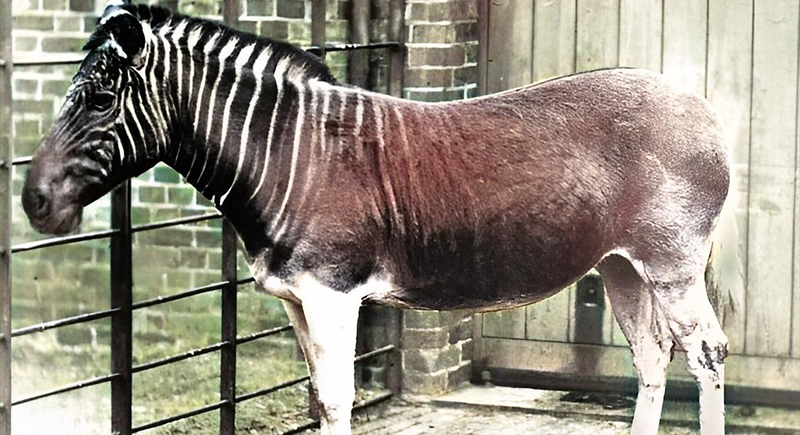
Credit: flickr
The quagga looked like a zebra from the front and a brown horse from the back. It once roamed South Africa, but overhunting wiped it out by the 1870s. The last known quagga was at the Artis Zoo in Amsterdam in 1883. No one even realized it was the final one.
The Hanoi Giant Turtle
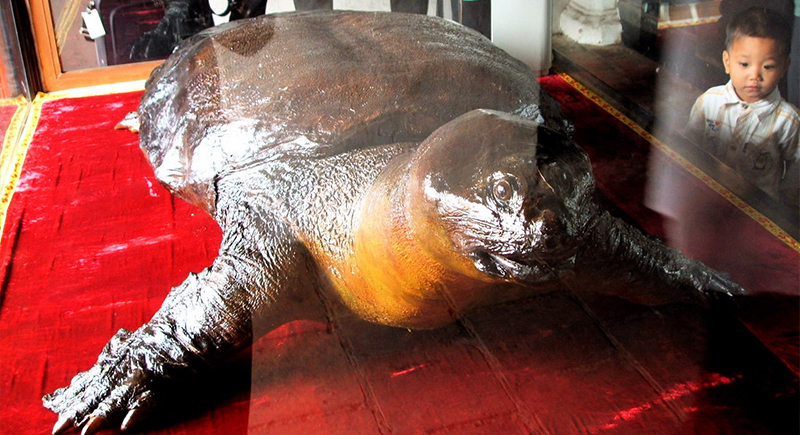
Credit: flickr
Few turtles reach legendary status, but this one did. The Hoan Kiem turtle, linked to Vietnamese folklore, was once thought extinct. A giant was rediscovered in the lake in Hanoi, but only a handful now survive, each isolated in different lakes across Vietnam and China.
The Hawaiian Monk Seal
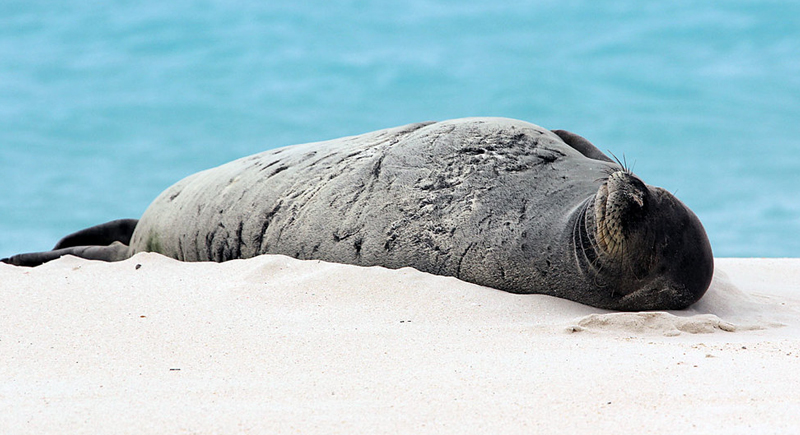
Credit: flickr
Unlike most seals that party in giant groups, Hawaiian monk seals are introverts by design. They prefer lounging alone along remote coastlines. Only about 1,400 are left, and most live scattered across tiny islands. Human development, fishing nets, and invasive species made every beach a risky place to rest.
The Spix’s Macaw in the Wild
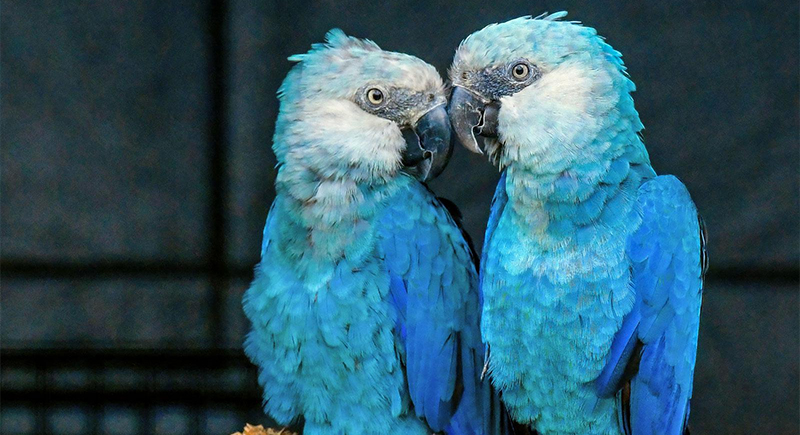
Credit: Reddit
The bright blue Spix’s macaw was once common in parts of Brazil, but habitat loss and trapping devastated its numbers. The species vanished from the wild entirely until one lone individual was spotted in 2016. While captive breeding programs exist, that wild bird had no flock and no mate.
Turgi the Tree Snail
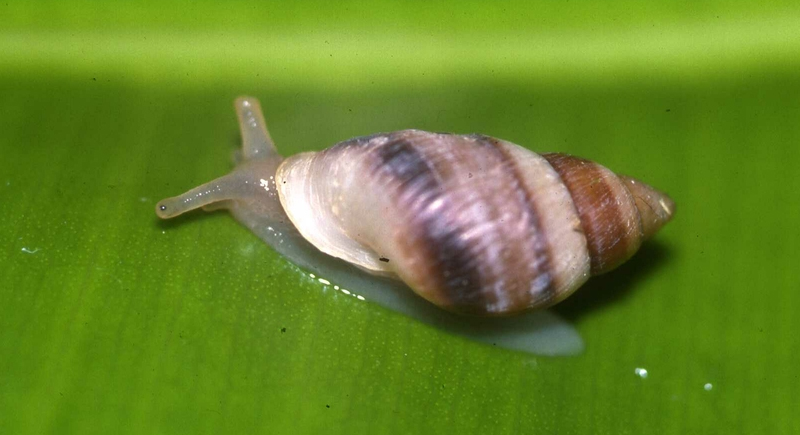
Credit: Wikimedia Commons
Partula turgida, a small Polynesian tree snail, vanished in a quiet tragedy. After invasive species wiped them out in the wild, hundreds were kept at London Zoo. Then, a microscopic parasite infected the population. Within two years, they were gone, except for one Turgi, which also eventually vanished in 1996.
Sudan, the Northern White Rhino
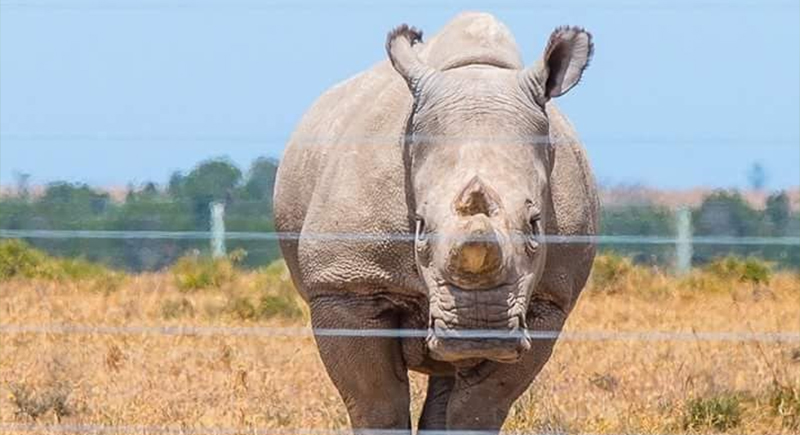
Credit: Wikimedia Commons
Sudan was the last male northern white rhino. By the time he passed in 2018 at age 45, only two females remained: his daughter and granddaughter. Guards protected him at Ol Pejeta Conservancy in Kenya. Scientists froze his genetic material, hoping to one day bring the subspecies back via IVF.
The Solitary Sandpiper
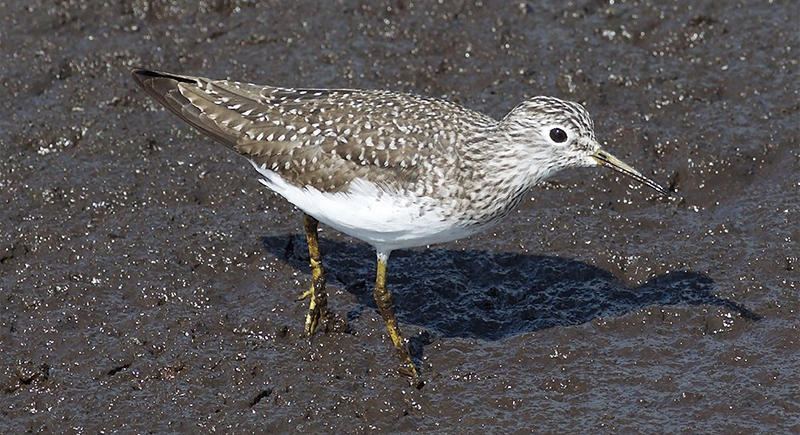
Credit: flickr
Unlike its flock-loving cousins, the solitary sandpiper lives up to its name. It prefers secluded wetlands and often migrates alone across the Americas. It even nests in abandoned songbirds’ nests up in trees. Though not endangered, it’s one of the few species that consciously chooses solitude over safety in numbers.
The Kauaʻi ʻŌʻō’s Final Song
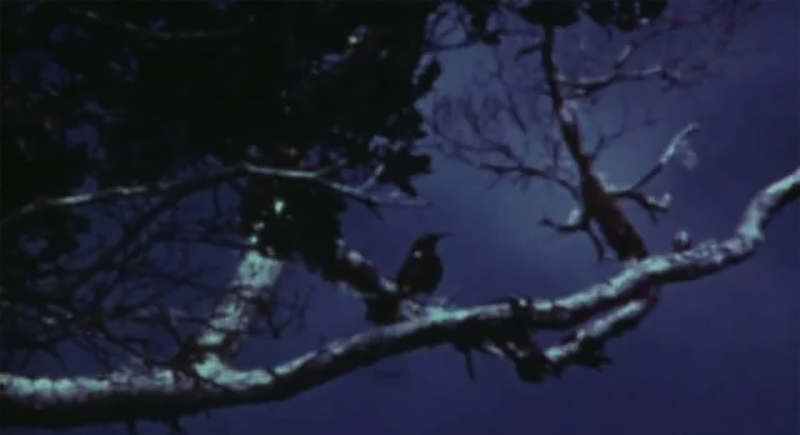
Credit: Reddit
This tiny Hawaiian bird went extinct by the late 1980s. Its flute-like call was last recorded in 1987. Scientists believe that the final singer was calling for a mate who no longer existed. When that bird bid goodbye, so did an entire genus, ending a lineage that had survived for millions of years.
Platypuses Keeping Their Distance
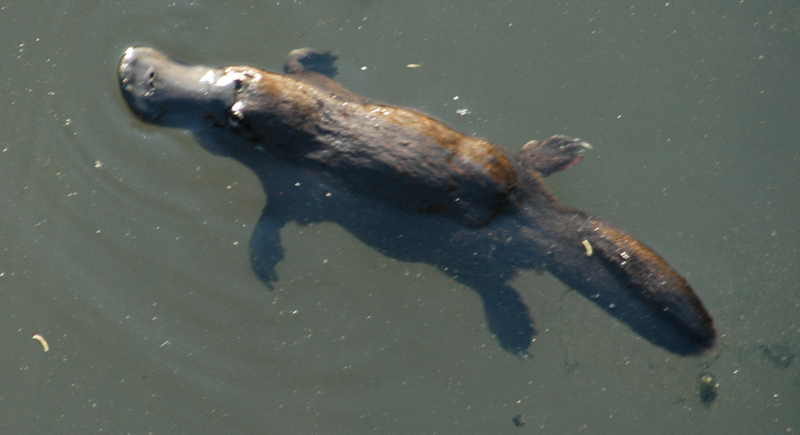
Credit: Wikimedia Commons
Platypuses are naturally reclusive. They, found in eastern Australia, live in burrows and avoid each other outside of mating season. Males have venomous spurs, which doesn’t exactly encourage social gatherings. Each platypus maintains its territory and only tolerates visitors once a year.